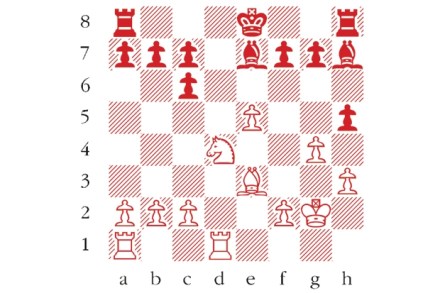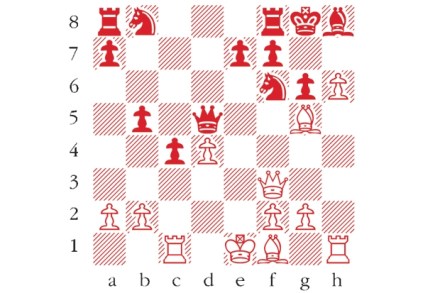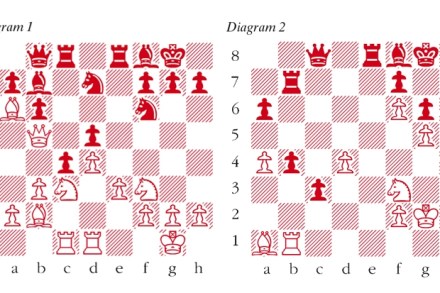Brain games
This week I continue with my analysis of Nigel Short’s recent animadversions upon the differences between the male and female brain and his opinion that women cannot match up to men across the chessboard. The great German poet Goethe once described chess as ‘a touchstone of the brain’; he wrote this, in fact, in the





















